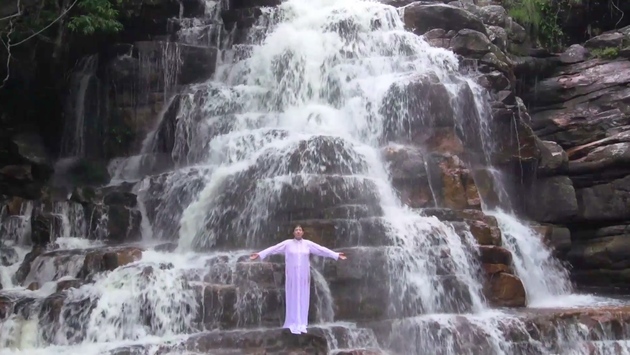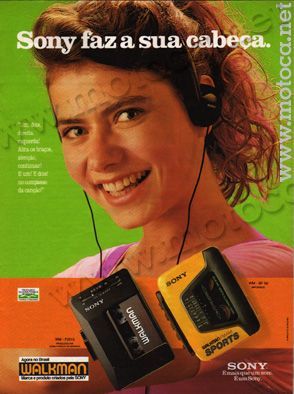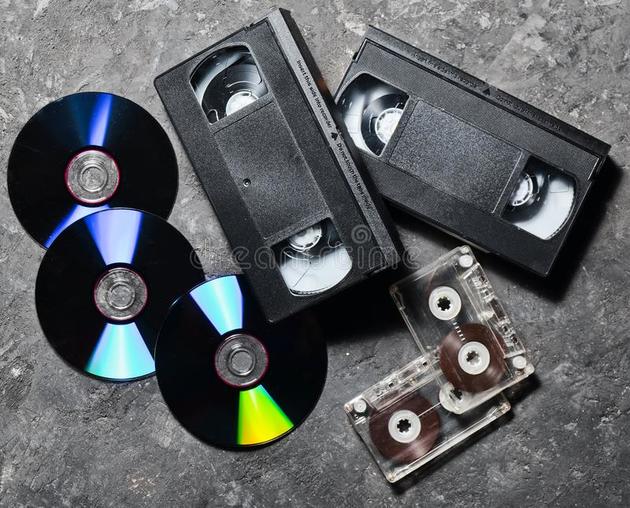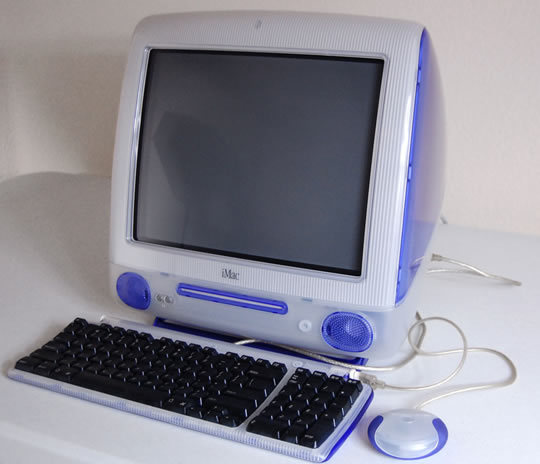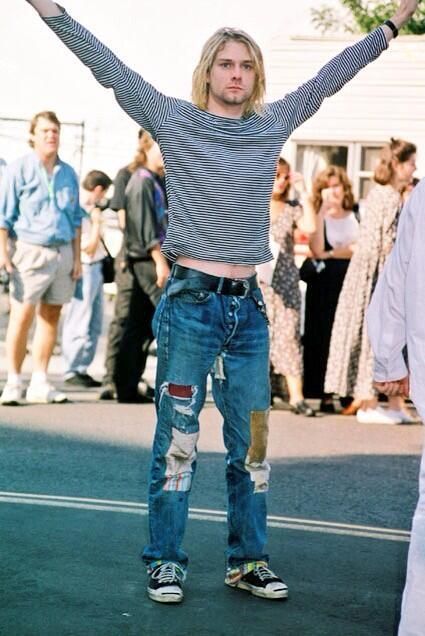LB/Festival de Vídeo Online
A cada semana, a partir do dia 28 de abril, a Luciana Brito Galeria disponibilizou um novo vídeo, uma nova experiência, que ficará em nosso site por tempo indeterminado. Assim, você pode ver e rever, quantas vezes e quando quiser. O objetivo foi propor uma reflexão sobre um conjunto significativo de trabalhos tanto de artistas que são representados por nós, quanto de outros que achamos relevantes para a proposta. O vídeo da semana é "Photokinetic" (2020), de Héctor Zamora (México). Acompanhe!
Curadoria: Analivia Cordeiro
Texto Curatorial: leia aqui
Non Plus Ultra, 1985
Duração: 31’43”
Colorido, sonoro
Single channel video
Produção: TVDO
Vídeo experimental que se utiliza anarquicamente de várias formas de narrativa criando um painel de verbo e imagem intenso. É falado em 4 línguas. Tem uma curiosa aparição do Presidente Fernando Henrique Cardoso, falando sobre a "importância do ócio", em francês. É o segundo vídeo da trilogia TVDO (Frau, Non Plus Ultra, Heróis 2). Premiado no Videobrasil 1985.
Com Wesley Duke Lee, Chiquinho Brandão, Maria Alice Verguerio, Fernando Henrique Cardoso Walter Silveira, Noris Lisboa, Ultraje a Rigor, Julio Barroso, Tadeu Jungle, Julio Bressane, Zé Celso, Cacá Rosset e o Grupo Ornitorrinco, Ivald Granato e Paulo Maia.
Tadeu Jungle
1956, São Paulo, Brasil. Vive e trabalha em São Paulo, Brasil.
É um artista multimídia brasileiro com atuação nas áreas de fotografia, vídeo, instalações, poesia visual e Realidade Virtual, com uma carreira estabelecida como roteirista e diretor de cinema e TV. Iniciou atividades na década de 80 em São Paulo com mídias alternativas: grafites poéticos, arte-correio e poesia em pequenos adesivos. Foi um dos pioneiros na disseminação no Brasil, do vídeo enquanto arte. Criou a primeira escola de vídeo no Brasil. Escreveu para vários jornais e revistas sobre o assunto. Apresentou e dirigiu programas de TV, entre eles o emblemático Fábrica do Som nos anos 80, lançando várias bandas que são famosas até os dias de hoje. Dirigiu o longa-metragem de ficção “Amanhã Nunca Mais”, com Lázaro Ramos, o documentário “Evoé” sobre o ator, dramaturgo e diretor Zé Celso. Em Realidade Virtual dirige o primeiro documentário brasileiro intitulado Rio de Lama, sobre a tragédia de Mariana, MG (premiado na ONU), o primeiro filme em VR feito com os índios do Xingu, “Fogo na Floresta” e “Ocupação Mauá”, sobre a instigante moradia no centro de São Paulo.
-

Héctor Zamora, Photokinetic, 2020
-

Re-Construtivo, 2020
Analivia Cordeiro
-
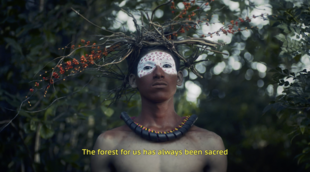
Forest Warrior – Xondaro Ka’aguy Reguá, 2020
ANGRY duo (Bruno Silvia e Gabe Maruyama)
-

Ouragualamalma, 2020
Eder Santos
-
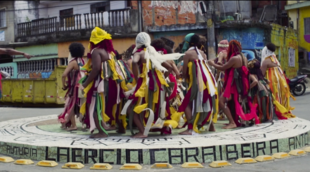
Encruzidança, 2018
Kelly Santos e Naná Prudêncio
-
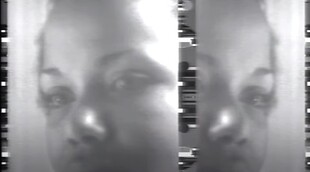
Vidbits, 1974
Alvy Ray Smith
-

Do Peito ao Prumo, 2020
Tothi dos Santos
-

The Trip, 1976
José Roberto Aguilar
-

Sunstone, 1979
Alvy Ray Smith
-

Tudo Está Dito, 1974
Augusto de Campos
-
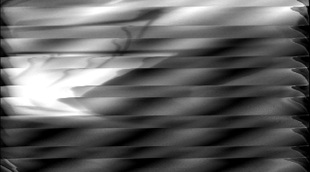
Hommage a Mondrian, 1972
Jean Otth
-
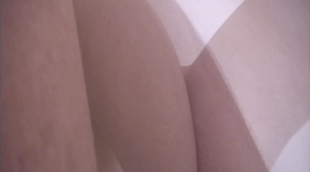
Flesh I e Flesh II, 2004
Analivia Cordeiro
-

Limiar, 2015
Regina Silveira
-

Homenagem a George Segal , 1985
Lenora de Barros
-

Bronze Revirado, 2011
Pablo Lobato
-

Landscape for White Squares, 1972
Anthony McCall
-

VT Preparado AC/JC, 1985
Walter Silveira e Pedro Vieira
-

Places of Power, Waterfall, 2013
Marina Abramovic
-

Una Milla de Cruces Sobre el Pavimento, 1979
Lotty Rosenfeld
-

Alvos, 2017
Lenora de Barros
-

Ituporanga, 2010
Caio Reiseiwtz
-

Nas Coxas, 2018
Héctor Zamora
-

Non Plus Ultra, 1985
Tadeu Jungle
-

Há Casas, 2018
Rochelle Costi
-
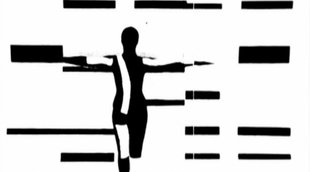
0=45 Versão I, 1974
Analivia Cordeiro
-
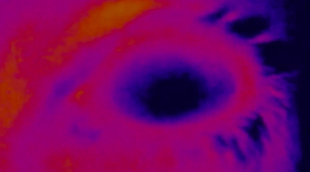
Dormindo Acordada, 2011
Fabiana de Barros & Michel Favre
-

Earthwork, 1972
Anthony McCall
-

O Pulsar, 1975
Augusto de Campos
-

Actualidades / Breaking News, 2016
Liliana Porter
-

Campo, 1976
Regina Silveira
-

Tumitinhas, 1998
Eder Santos
-

Corda, 2014
Pablo Lobato
Aqui você verá vídeos históricos. Enquanto uns são praticamente inéditos, outros são consagrados pela história da arte. Em seus mais de 50 anos de existência, a vídeoarte é uma mídia que se caracteriza por sua enorme flexibilidade. Os formatos destes vídeos passaram por mais de dez variações: desde o início, com as grossas fitas U-Matic ou Betacam, por exemplo, até os pequenos e atuais pen-drives com suas enormes capacidades. Conhecer as transformações as quais essas obras sofreram é, hoje em dia, muito mais interessante do que se poderia pensar, considerando a acessibilidade atual da tecnologia, além da possibilidade de conhecer as fontes originais nos faz compreender que são justamente esses instrumentos que formatam o nosso mundo e a nossa percepção. Esta exposição tem o objetivo de mostrar como esses dispositivos existentes no passado podem nos ajudar a compreender e complementar o resultado artístico como um todo.
O modo de exibição também variou muito: hoje existem inúmeras plataformas, desde celulares de pequena dimensão, até projetores 4K – Ultra HD, com grande extensão e qualidade excepcional. Mais uma vez, seguindo os rumos e as necessidades da nossa história, essa arte se reinventa e adquire um valor único quando entendemos, sentimos, compartilhamos e discutimos sua capacidade em traduzir um momento histórico, um lugar geográfico específico, ou mesmo um comportamento particular que se torna universal.
Neste momento de isolamento social, a câmera de vídeo ganhou status de principal meio de comunicação visual, o único canal entre aqueles a quem queremos comunicar. Com isso em mente, podemos avaliar o significado de se expressar através de uma câmera. Podemos ainda compreender melhor a razão da qual os artistas escolheram este recurso para contar suas histórias e se posicionar no mundo, ressignificando-o através das lentes e do olhar do espectador.
Mesmo hoje sendo tão próxima de nós, a câmera de vídeo nos impõe condições e a principal delas é que tudo o que queremos expressar deve se encaixar dentro de um retângulo, presente em todos os dispositivos de exibição de vídeo, desde aparelhos celulares até datashows. Ao mesmo tempo, há o desafio de fazer com que o espectador perceba a mensagem e seja instigado a imaginar o que acontece fora deste retângulo. É um jogo, e ao mesmo tempo, uma ditadura: a ditadura do retângulo. Nessa obrigação de enquadrar o mundo dentro de um espaço restrito condicionamos nosso cérebro a pensar assim e nossa percepção se altera de acordo com esses padrões. Vemos a realidade como algo a ser adaptado pelo nosso principal instrumento atual de expressão: o vídeo.
O vídeo é visual e sonoro, mas é a realidade que nos oferece as sensações físicas. O grande desafio para o artista, dessa forma, é transmitir a riqueza e a complexidade da realidade com os recursos limitados dessa tecnologia. É intrigante observar como a genialidade e talento de cada artista provoca em nós sensações que vão além das restritivas soluções técnicas e até das experiências humanas. Através desse retângulo e dos recursos audiovisuais, cada artista cria sua poética e compõe uma obra única. Além disso, independente da percepção individual do espectador, há de se considerar o significado histórico e artístico contido em cada vídeo. É importante ainda apreciar os aspectos diversos do contexto de cada período, seus valores e possibilidades. Por isso, cada uma dessas obras pode ser vista mais de uma vez, e a cada oportunidade surge um novo olhar, assim como acontece com as telas penduradas nas paredes. Assim como a pintura, o vídeo também é uma tela, mas com movimento e som: este é o princípio base da vídeoarte.
Nenhuma outra mídia conseguiu trilhar tão bem o caminho para a contemporaneidade como a vídeoarte. Ao longo de sua trajetória foi eliminando os obstáculos, aperfeiçoando-se, até conquistar seu lugar definitivo nas artes visuais. Não só foi assimilada como recurso pelas mais diversas linguagens, como carrega em si a capacidade de agregar os elementos da arte, como por exemplo a tradição clássica da tela emoldurada ou a narrativa literária. Nesse sentido metalinguístico, como ela pode ser renovadora? Pense nisso enquanto assiste aos vídeos.
Os vídeos aqui escolhidos para serem apresentados online são legítimos, de alta qualidade artística, concebidos primeiramente para serem mostrados em formato original. Trata-se de uma curadoria genuína e autêntica, realizada para transmitir as ideias e as formas de pensamentos que nos fazem pensar, além de nos envolver com as poéticas intrigantes das épocas em que foram concebidos.
Ao assistir aos vídeos, permita-se transportar para o período em questão: anos de 1970, 80, 90 ou os anos 2000, e ao mesmo tempo experiencie com eles o que há de universal e duradouro.
Analivia Cordeiro,
março 2020
-------------------------------------------------------------------------------------------------------------------------------
Analivia Cordeiro, PhD, bailarina, coreógrafa, videoartista, arquiteta, pesquisadora corporal, curadora da coleção Waldemar Cordeiro. Considerada a primeira videoartista do Brasil (1973) e uma das pioneiras da computer dance mundial, criou vídeos, espetáculos multimídia, o software Nota-Anna de notação de movimento humano e um sistema de alfabetização de português em vídeo. www.analivia.com.br
Em breve você verá aqui a programação completa da exposição.








